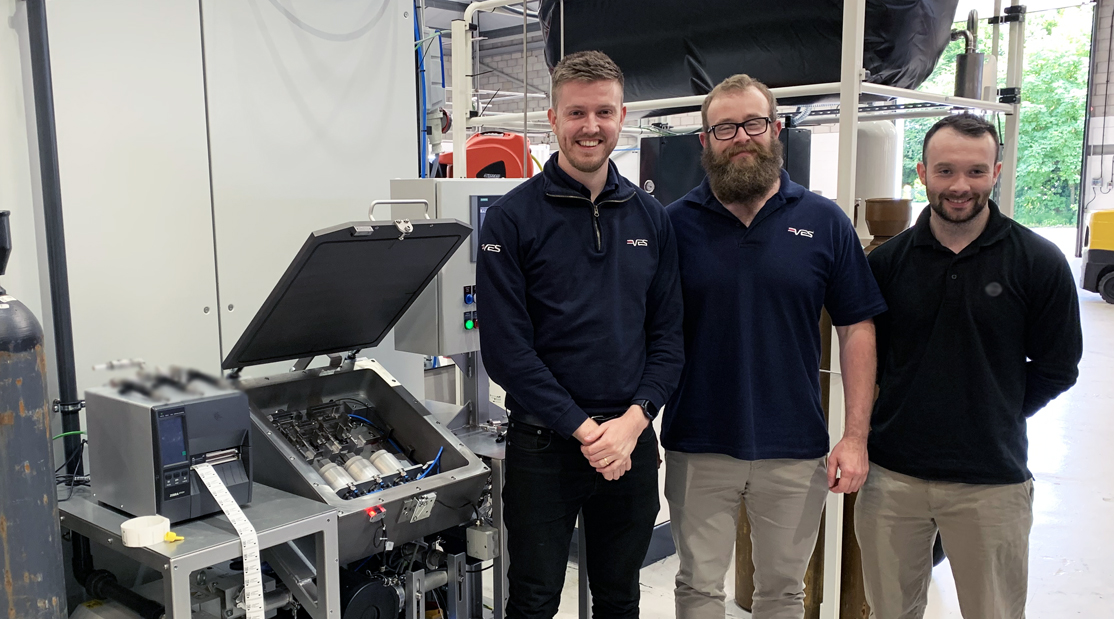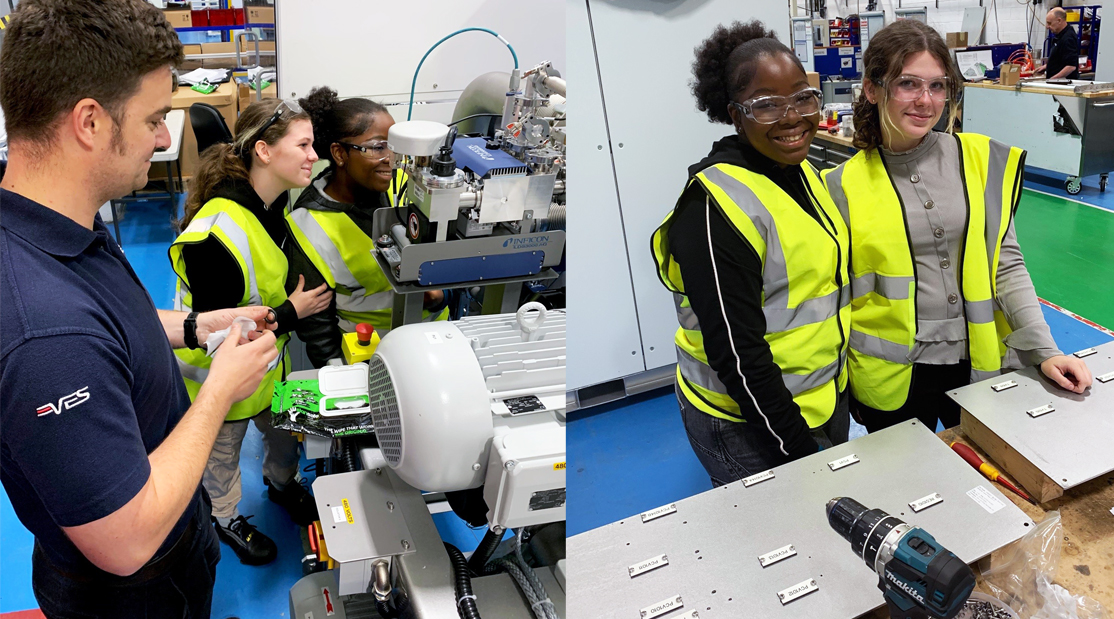Helium is a critical component in many industries, including medical, semiconductor, and aerospace. However, there has been a growing concern over the past few years regarding the availability of helium, with reports of shortages and price increases. This has had a significant impact on industries that rely on helium, including leak testing.
As a leading provider of leak testing solutions, VES has extensive experience in dealing with the challenges of helium shortage. In this article, we will explore the impact of helium shortage on leak testing and offer some solutions to address the issue.
The Impact of Helium Shortage on Leak Testing
Helium is widely used in leak testing due to its small molecule size, non-toxic nature, and high sensitivity to detecting leaks. However, the shortage of helium has had a significant impact on the leak testing industry, including:
- Price Increases: The shortage of helium has resulted in price increases, making it more expensive to perform leak testing.
- Reduced Availability: The shortage of helium has also resulted in reduced availability, making it more difficult to source helium for leak testing.
- Increased Competition: The reduced availability of helium has led to increased competition for the remaining supply, making it harder for smaller companies to obtain the helium they need for leak testing.
- Reduced Efficiency: The shortage of helium has forced some companies to reduce the frequency of leak testing, which can result in reduced efficiency and increased risk of product failure.
Solutions to Address Helium Shortage in Leak Testing
Despite the challenges presented by the helium shortage, there are solutions that can be implemented to address the issue. These include:
Reduce Helium Usage: One way to address the shortage of helium is to reduce its usage in leak testing. This can be achieved through the use of alternative tracer gases, such as hydrogen or nitrogen.
Recycling Helium: Another solution to address the helium shortage is to recycle helium. By capturing and purifying helium from leak testing, it can be reused in future tests.
Improve Leak Detection Methods: By improving leak detection methods, it is possible to reduce the amount of helium needed for leak testing. This can be achieved through the use of more sensitive detection methods or by optimising test parameters.
Alternative Leak Testing Methods: Finally, it is possible to use alternative leak testing methods that do not require helium. For example, pressure decay testing, mass spectrometry, and acoustic emission testing are all viable alternatives to helium leak testing.
Conclusion
In conclusion, the shortage of helium has had a significant impact on the leak testing industry, including increased prices, reduced availability, and increased competition. However, there are solutions that can be implemented to address the issue, including reducing helium usage, recycling helium, improving leak detection methods, and using alternative leak testing methods.
At VES, we are committed to providing our customers with the most effective and efficient leak-testing solutions, regardless of the availability of helium. With our expertise in alternative tracer gases and leak testing methods, we can help our customers maintain the highest levels of quality control and product safety, even in the face of helium shortage.



